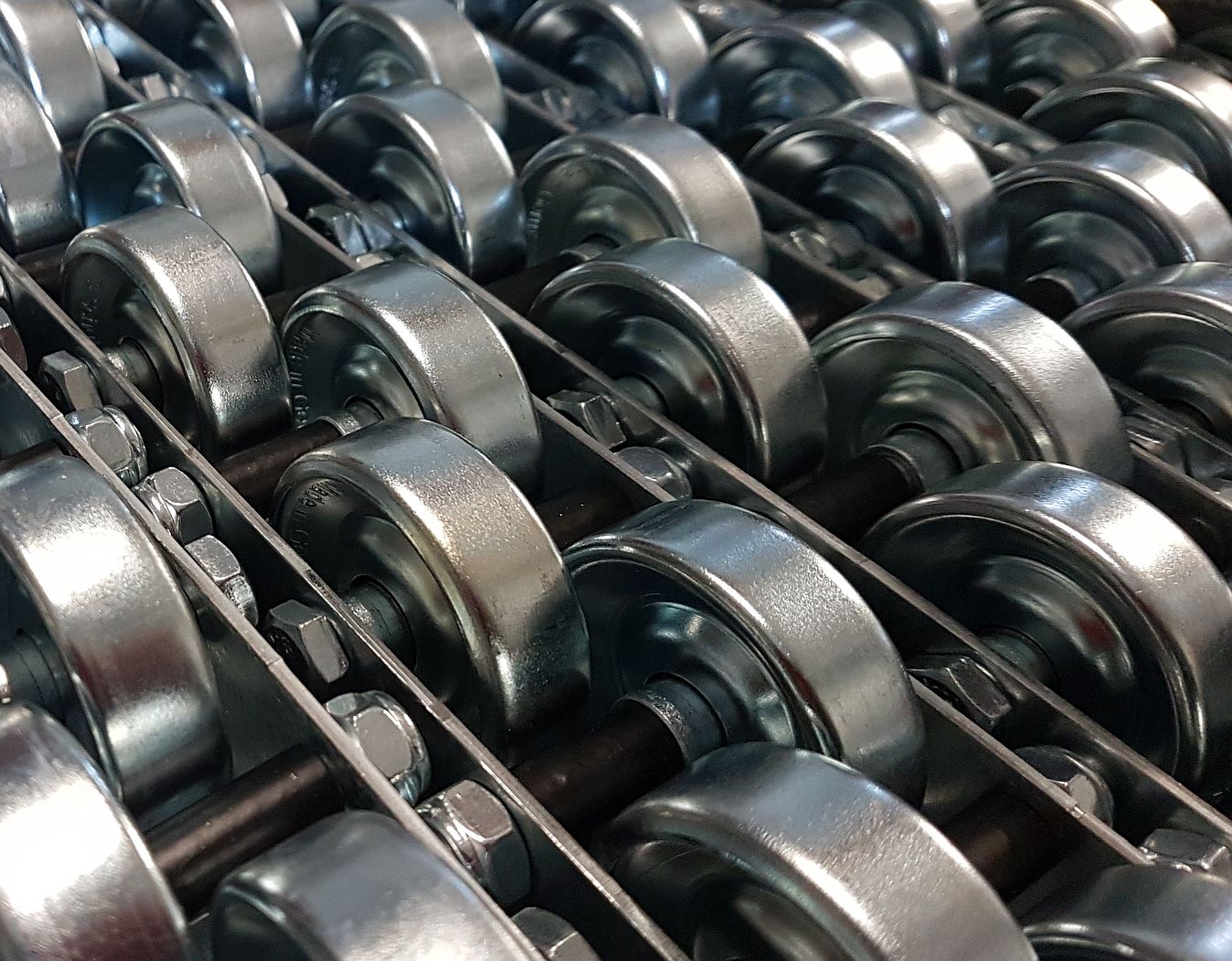
How to Choose the Perfect Roller Tracks for Your Business: 5 Simple Steps to Make Your Decision Easier
Regardless of the industry, well-chosen roller tracks streamline the movement of goods, enhance efficiency, and even improve workplace safety. However, choosing the best solution can be challenging, especially with the variety of options available. In this guide, you'll discover five steps to select the right roller tracks for your business.
Step One – Determine What You Need to Transport
The foundation of a good choice lies in identifying the type of products that will be transported on the tracks. Different goods require different solutions based on weight, material, and the type of surface that will move along the tracks. Roller tracks for light cartons will differ significantly from those designed to handle pallets or delicate items like glass or windows. Rubber-coated tracks are an excellent option if you’re transporting delicate products prone to scratches, as they provide protection, excellent grip, and reduce noise.
Step Two – Match the Rollers to the Product’s Weight
Matching gravity tracks involves considering the weight of the items to be transported. The load capacity of each roller is a crucial factor, which we tailor to each client's specific needs. For instance, a small yet heavy item, such as a battery, requires rollers with a high load capacity. On the other hand, a larger but equally heavy product exerts different force distribution on the roller track. That’s why we offer a wide range of rollers with capacities from 5 kg up to 100 kg per roller. Our advisors will analyze your products’ specifications and weight to ensure reliable and long-lasting roller transport systems.
Step Three – What Are the Dimensions of the Goods?
The choice of roller tracks depends on the product’s dimensions and how it will be transported. A carton or package might be moved on its longer or shorter side, which influences the selection of appropriate roller tracks. Precise product measurements will help us recommend the best solution. We also offer accessories such as clips, end stops, connectors, and brakes to provide full support in your internal transport setup.
Step Four – What Are the Working Conditions for the Roller Tracks?
Considering the working conditions is essential when selecting roller tracks. Factors such as humidity, water exposure, dust, and temperature extremes affect the durability, reliability, and performance of transport tracks. If tracks will be exposed to water, stainless steel is the best choice. In dusty environments, we recommend inverted tracks with a self-cleaning profile, which allows for quick cleaning, ideal for the food industry. For requirements in paint shops or film production, we offer antistatic roller tracks that prevent static buildup.
Step Five – What Is the Length of the Transport Route?
The transport route length is a crucial factor when selecting the appropriate roller tracks. We consider not only the route’s length but also the available spatial possibilities at the installation site. That’s why we offer various track types: curved tracks, low, medium, and high tracks. For multi-directional transport, multi-directional roller tracks allow full control over the movement direction, making them ideal wherever flexible material flow is needed.
In Summary
Roller tracks are key components in internal transport systems, widely used across various industrial sectors. What’s their primary function? To ensure smooth and safe movement of goods. Thanks to their versatility, roller tracks are used in logistics, manufacturing, distribution centers, and many other industries, playing a vital role in optimizing transport processes.
Our most popular roller tracks include the Type 100
Transport Track Type 621 and 726
Models 50a/50b, as well as Pallet Tracks Type 710 and Type 720.
If you have questions or need expert advice, feel free to reach out. Our technical advisor will be happy to answer all questions and provide detailed information at +48 797 992 585.
